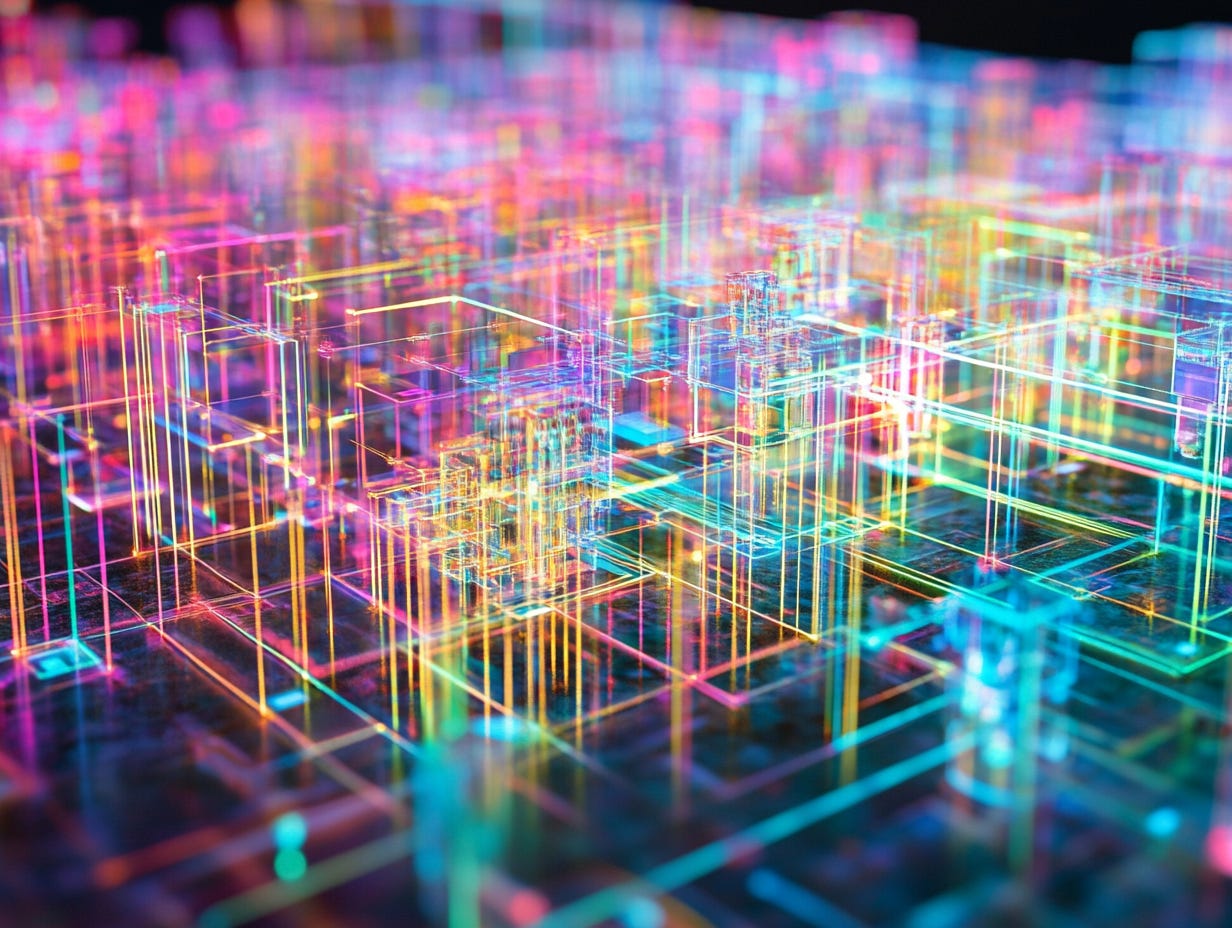Gaming's Gift to AI: How GPUs Unlocked Modern AI
From gaming graphics to AI powerhouse: How specialized computer chips unleashed the potential of artificial intelligence, creating new opportunities for the next generation of innovators.
When ChatGPT launched in late 2022, it showcased the remarkable capabilities of modern AI. As we've explored in previous posts, this breakthrough emerged from several key innovations: the transformer architecture that efficiently processes language, large-scale pre-training that enables learning from vast datasets, and foundation models that can be adapted for various tasks. But none of these advances would have been possible without solving a fundamental challenge: the sheer computing power needed to train these models. This is where Graphics Processing Units (GPUs) proved transformative. In this edition of this multi-week series, let's explore how these specialized processors, working alongside other innovations, helped make modern AI possible and why this matters for education.
The Challenge: Processing Power for AI
Imagine trying to read every book in the Library of Congress – not just once, but thousands of times, looking for patterns in how language works. That's similar to what training a large language model (LLM) requires. Traditional computer processors (CPUs) would take years to complete this task. We needed something faster.
Enter the GPU: A Different Kind of Processor
GPUs were originally designed for video games, rendering countless pixels simultaneously to create realistic graphics. This ability to perform many calculations at once – parallel processing – turned out to be exactly what AI needed.
Think of it this way: A CPU is like a few master chefs working on complex dishes, while a GPU is like thousands of line cooks each doing simple tasks simultaneously. For AI training, we need those thousands of line cooks more than a few master chefs.
Why GPUs Matter for Language Models
Modern language models like GPT-4 have billions of parameters – mathematical values that need constant adjustment during training. Each time the model reads a piece of text, it updates these parameters slightly. This process requires matrix multiplication at massive scale, with thousands of calculations happening simultaneously and efficient memory access for large datasets. GPUs excel at all three, making them ideal for AI training.
The scale of modern AI is staggering. Consider GPT-3, with its 175 billion parameters requiring approximately 3.14E23 floating point operations to train. Even with thousands of GPUs working together, training took months and cost between $4-12 million in computing resources. Without GPUs, training such models would take decades instead of months.
Beyond Raw Power: The Evolution of AI Hardware
The success of GPUs has sparked a wave of innovation in specialized AI hardware. Google developed their Tensor Processing Units (TPUs), while NVIDIA continues to refine their AI-optimized GPU architectures. Companies like Apple and Amazon are creating custom chips tailored for AI applications. Each advance makes AI more efficient and accessible, paving the way for new applications and capabilities.
Why This Matters for Education: Preparing Students for an AI-Powered Future
The hardware revolution enabling modern AI is transforming careers across every industry. Technical roles in AI infrastructure, ML operations, and cloud architecture are emerging rapidly. But the impact extends far beyond technical fields. Doctors are using AI for diagnosis and treatment planning, lawyers for research and document analysis, and financial analysts are combining human insight with AI-powered modeling.
New hybrid roles are also emerging at the intersection of human expertise and AI capabilities. Prompt engineers craft effective instructions for AI systems, while AI-human collaboration specialists optimize workflows between AI and teams. In education, teachers are discovering ways to use AI for personalizing learning and enhancing student engagement.
The computational power now available through GPUs and cloud platforms means our students won't just use AI – they'll help shape how it transforms their chosen fields. Understanding these technologies helps prepare them to seize these opportunities.
Looking Ahead
Hardware continues evolving rapidly, with new developments bringing more efficient AI chips, reduced energy consumption, and lower training costs. These advances will make AI increasingly accessible to schools and students while improving sustainability.
As educators, we can use the story of GPU acceleration to demonstrate how unexpected connections – like gaming hardware revolutionizing AI – can lead to transformative breakthroughs. It's a reminder that innovation often comes from combining existing technologies in novel ways.
Want to learn more about the technical foundations of AI? Continue exploring our series about transformers, pre-training, and foundation models to understand how these pieces work together to power modern AI.
This post is part of our series on breakthrough technologies enabling modern AI. Next week, we'll explore how cloud computing made these powerful models accessible to everyone.
About BrainJoy
BrainJoy is on a mission to equip educators and students with the tools and skills they need to thrive in a rapidly changing, AI-driven world. We take them under the hood, providing hands-on AI experiences, classroom-ready lesson plans, and expert resources to help teachers confidently bring the excitement and potential of artificial intelligence to their students.
With Brainjoy, middle and high school STEM teachers can:
Teach how AI works instead of just how to use it.
Engage students with interactive AI tools that make abstract concepts tangible.
Save time with multi-week AI curricula that integrate seamlessly into existing courses.
Stay ahead of the AI curve with curated articles, guides, and insights from industry experts.
We believe every student deserves the opportunity to explore and understand the technologies shaping their future. That's why we're committed to making AI education accessible, practical, and inspiring for teachers and learners alike.
Ready to bring the power of AI to your classroom? Sign up for a free trial of Brainjoy today and empower your students with the skills of tomorrow.
Visit brainjoy.ai to learn more and get started.



